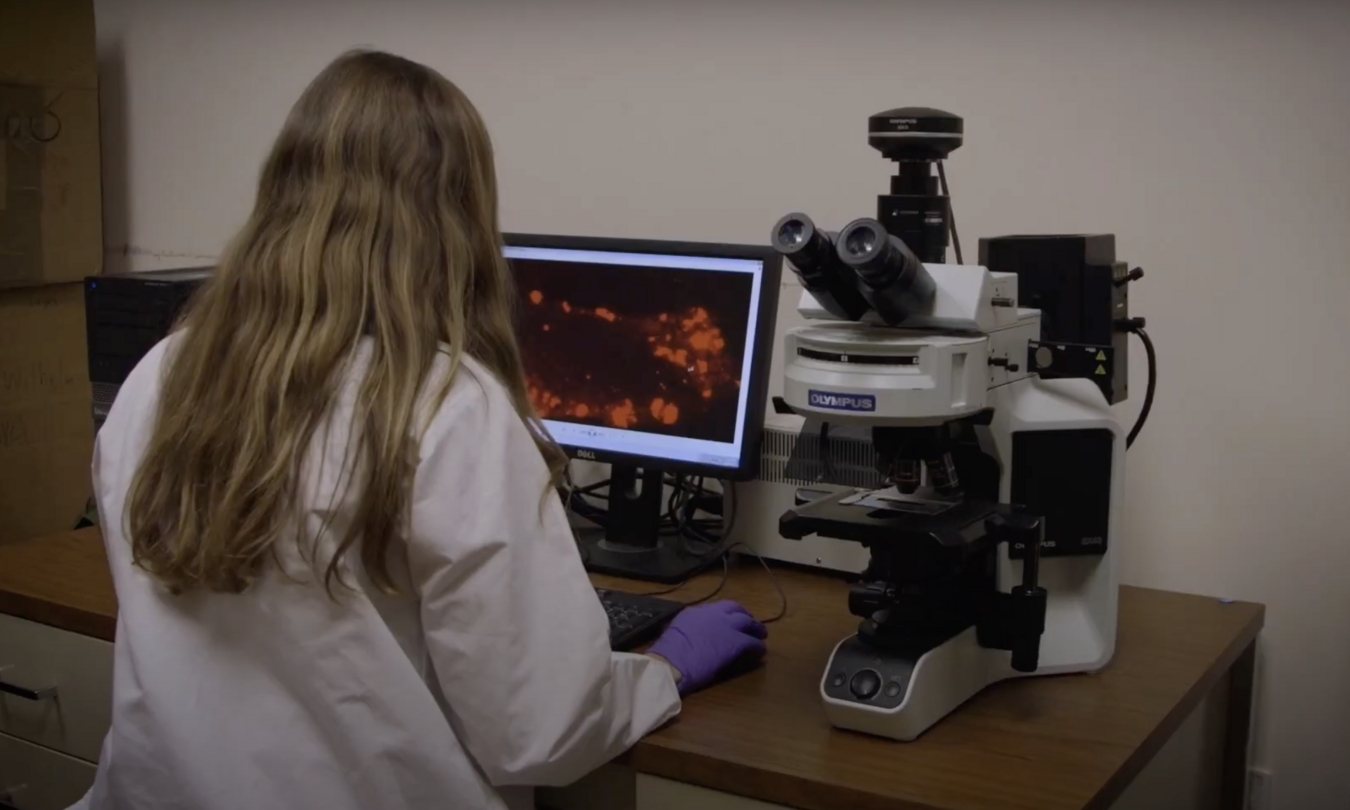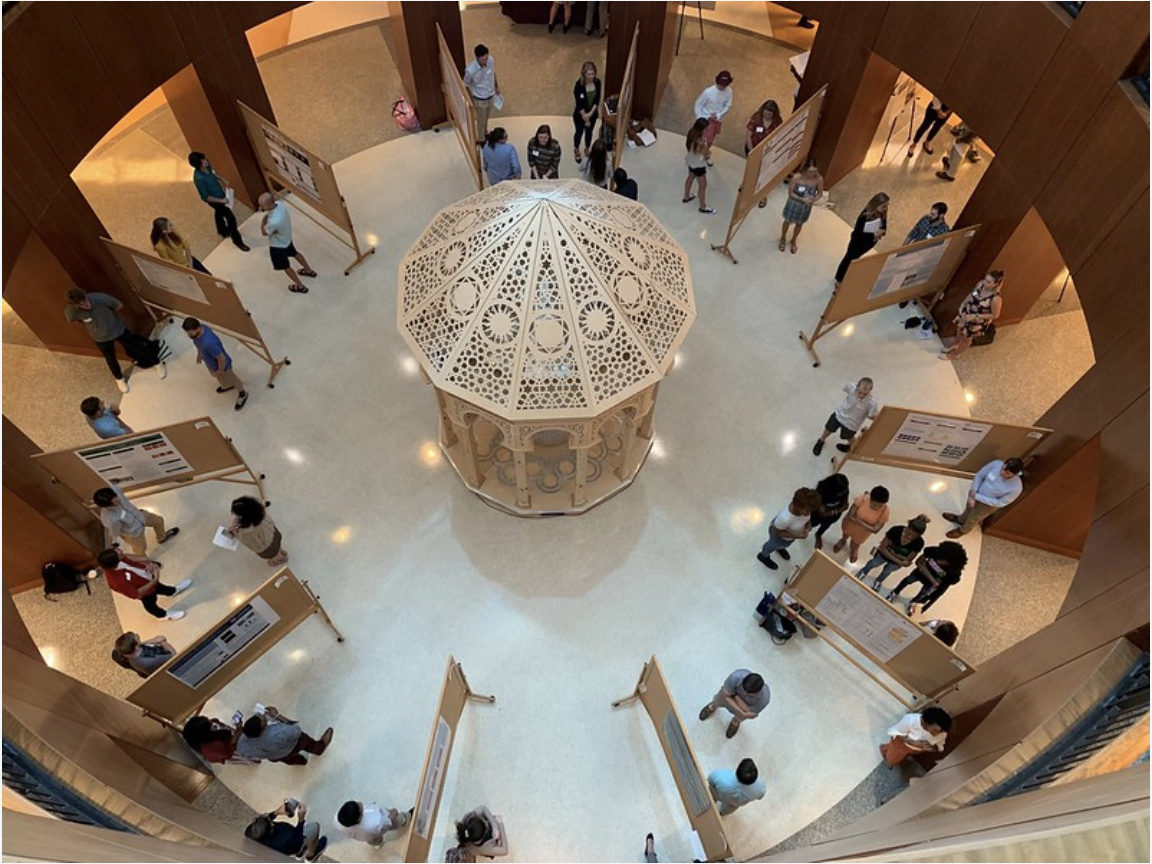Undergraduate Research and Creative Activities | URCA
Funding Transformative Scholarly Projects
The Office of Undergraduate Research and Creative Activities (URCA) at the College of Charleston supports student research and creative activities by providing competitive grants to fund summer project costs and stipends, academic year project costs, and travel to conferences for undergraduate students and their faculty mentors. Participation in a challenging, scholarly project can be the single most important experience that a student will have in college and the training and knowledge from this experience is often a deciding factor in the acquisition of professional positions and acceptance into post-graduate programs.
URCA Supports Undergraduate Scholarship
Introduction to URCA
-
URCA Mission Statement
URCA provides you with grants so you can work collaboratively with faculty on scholarly projects during the academic year and summer.
What is a research or creative activity? It’s any intellectual, inquiry-based project that advances your knowledge in an academic discipline. It’s an opportunity to immerse yourself in the culture of your chosen discipline. It leads to new scholarly insights or the creation of new works that add to the wealth of the discipline.
-
URCA and the Annual EXPO
Each year, URCA celebrates research, scholarship, creative inquiry and community service at the annual Expo. All URCA-funded projects present the results of their work at the EXPO, which takes place in the spring semester. We look forward to highlighting a brand new group of students at EXPO 2024:
Learn more about EXPO 2024




